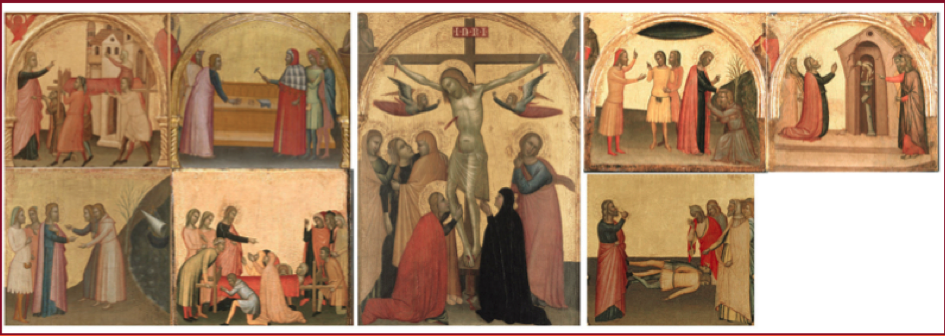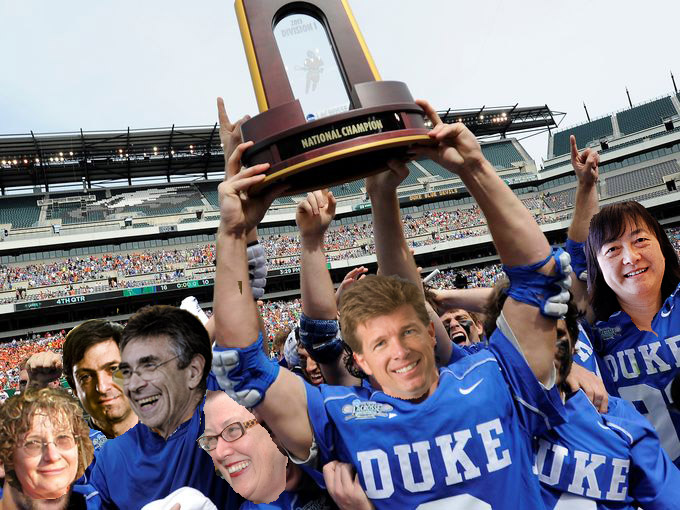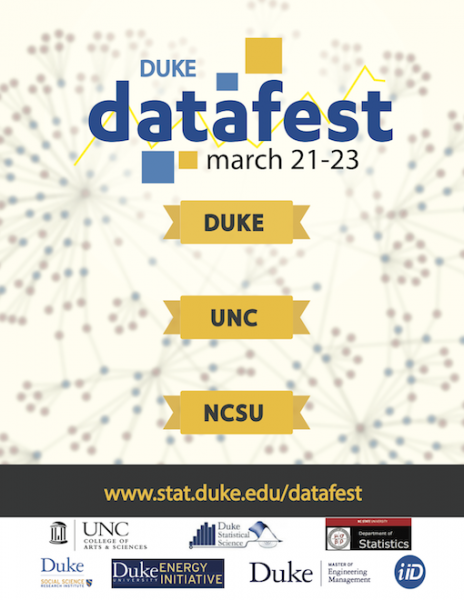By Olivia Zhu
What do Renaissance masterpieces and modern medical images have in common?
The same mathematical technique, “oriented elongated filters,” originally developed to detect blood vessels in medical images can actually be used to detect cracks in digital images of antiquated Renaissance paintings.
On September 19, Henry Yan, Rowena Gan, and Ethan Levine, three undergraduate students at Duke, presented their work on oriented elongated filters and many other techniques to the Math Department. Yan, Gan, and Levine performed summer research to detect and correct cracks in the digitized Ghissi masterpiece, an altarpiece done by 14-century Italian painter Francescuccio di Cecco Ghissi. The altarpiece originally consisted of nine panels, but one was lost in the annals of history and has been recently reconstructed by artist and art historian Charlotte Caspers.
The role of the three undergrads was to digitally rejuvenate the panels of the Ghissi masterpiece, which had faded and accumulated cracks in paint layers because of weathering factors like pressure and temperature. Using various mathematical analysis techniques based in Matlab, including oriented elongated filters, linear combinations of 2-D
Gaussian kernels (which essentially create directional filters), K-SVD (which updates atoms to better fit an image), and multi-scale top-hat (which extracts small elements and details from an image), the research group created a “crack map,” which they overlaid on the original image.
Then they instructed the computer to fill in the cracks with the colors directly adjacent to the cracks, thereby creating a smoother, crack-free image—this method is called inpainting.
In the future, Yan, Gan, and Levine hope to optimize the procedures they have already developed to accomplish color remapping to digitally age or refurbish images so that they look contemporary to their historical period, and to digitally restore gilding, the presence of gold leaf on paintings.

















